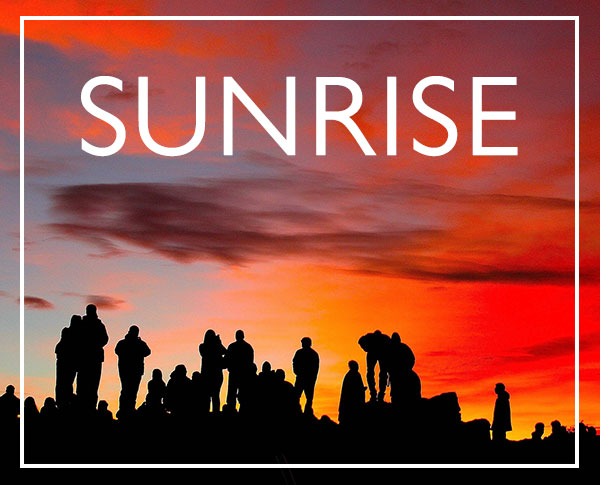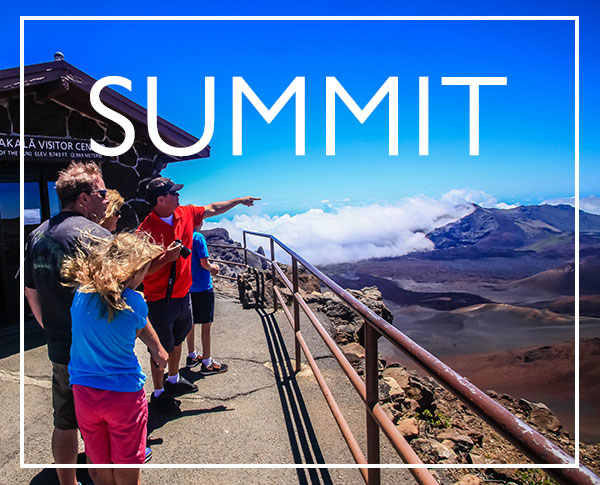The Hawaiian Luau is a gathering to celebrate special occasions and is a cherished part of Hawaiian and Polynesian culture. Although the modern luau is primarily a tourist attraction, its origins are rooted in ancient Hawaii. Although there is much to say about the history of the Hawaiian luau, let us get you up to speed with a brief history of this traditional Hawaiian party.

History of the Hawaiian Luau
The first recorded instance of the Hawaiian luau occurred in 1819 when King Kamehameha II lifted the kapu (ban) on women and men eating together. Prior to this, men and women had been forbidden to eat in the same place or share meals (and women could not eat certain Hawaiian delicacies considered sacred. The lifting of this kapu system law by King Kamehameha II was a momentous occasion and was celebrated with a large feast of traditional Hawaiian dishes. This feast came to be known as the “first Luau.”

For many years, ceremonial gatherings across the Hawaiian islands, such as the Hawaiian luau, were reserved for Hawaiian royalty and aristocrats. Commoners were not allowed to attend these celebrations. However, it’s said this changed in 1856 when King Kamehameha IV and his queen attended a public Luau. After this, the tradition began to become more popular among all social classes.
The 20th century saw a decline in the popularity of the Luau, as many traditional Hawaiian customs were outlawed. However, in the last 50+ years, there has been a resurgence in interest in Hawaiian culture, and the Luau has once again become a staple of life in Hawaii and is popular amongst tourists. Locals throw massive luaus to celebrate the 1st birthday of our keiki as well as graduating high school.

The Origins of the Hula Dance
The history of the Hawaiian hula dance date back centuries to the Polynesian islands. Hula is a native Hawaiian dance that was originally used as a way to tell stories and communicate history. The first Europeans to encounter the hula were astonished by the ability of the dancers to convey emotion and meaning through their movements. Today, the hula is still an important part of the culture in Hawaii and is enjoyed by people all over the world.

The Early History of Hula Dancing
The first recorded instance of the hula dance by an outsider came from Captain James Cook, who arrived in Hawaii in 1778. Cook and his crew were greeted by islanders who performed a dance for them that was unlike anything they had ever seen. This early form of the hula was much different from the hula we know today; it was more akin to a ceremonial ritual than a dance.

The hula began to change in the early 1800s when Christian missionaries came to Hawaii seeking converts. Local traditions put them off, and the missionaries began forcing the conversion of the Hawaiian people to Christianity. The missionaries disapproved of the hula because they saw it as a pagan ritual. They banned many of the traditional instruments used in hula dances, including drums and gourds. They also prohibited men from dancing the hula, which forced women to take on leadership roles in hula performances.
The Modern Hula Dance
The hula dance we know today began to take shape in the late 1800s when King David Kalakaua came to power. King Kalakaua was a strong supporter of Hawaiian traditions, and he worked hard to revive much of the culture that had been lost during the previous century. He lifted the ban on traditional instruments and reinstated men as key performers and hula dancers. He also encouraged foreigners to learn about Hawaiian culture, which helped spread awareness of the hula throughout the world.

The hula is a beautiful expression of Hawaiian culture that has origins dating back centuries. Although it has undergone many changes over time, it remains an important part of Hawaiian life. Helping to share history and stories is so important to keeping the culture alive in Hawaii.
A visitor’s review of a Maui luau
I began my final day on Maui greeting the sun on a Haleakala sunrise tour and thought a luau would be the perfect way to finish off my vacation. I decided to indulge and book a table at the highly acclaimed Mokapu Luau at the Andaz. I was greeted with a lei and a choice of tropical cocktails (I chose a Mai Tai), and I was ready to take it all in. The sun was about an hour or so from setting as we took our seats at tables on the grass. The tables were decorated with fresh flowers, and there was a beautiful view of the ocean behind the stage. The meal began with poke, salad greens, and lomilomi salmon. Family-style courses continued to come out, including steak and grilled fish, both of which were cooked to perfection. Kalua pig, sweet potatoes, poi, and other traditional dishes were available as well. We had our first try of haupia (a semi-firm coconut pudding) and coffee or tea. Throughout the meal, we were entertained by traditional Hawaiian music, dance, drinks, and the sun setting over the ocean. It was an unforgettable evening.

Modern luaus are a great way to celebrate Hawaii culture and learn about Hawaiian history. What began as a feast to celebrate the lifting of the kapu has evolved into a beloved tradition that people from all walks of life enjoy. If you find yourself in Hawaii, be sure to attend a Luau so that you can experience this unique event for yourself! Especially now that you have some luau history knowledge to expand on. For more about the origins and traditions of these celebrations, read about Hawaii luau history.




